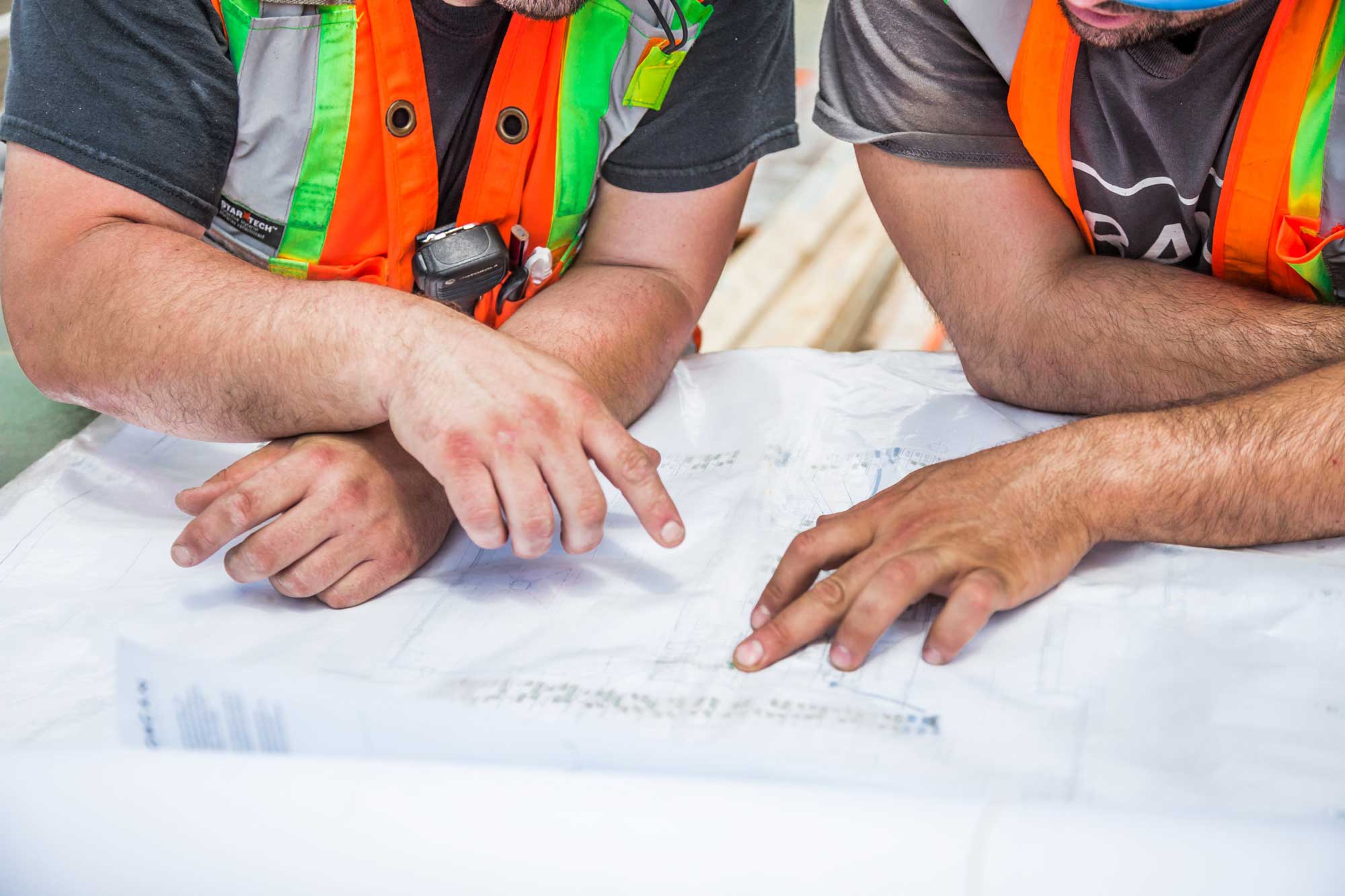From the stately brick buildings of Denver to the marble-floored stock centers of Chicago, old office buildings exude charm, character and inspiration. So no wonder why many companies are seeking to preserve historic buildings while at the same time making them more tech-savvy.
Here’s how to tackle these renovation projects to create characterful, forward-thinking spaces.
Renovating for a New Era
As the hustle and bustle of corporate America becomes less appealing to modern workers, so do the uninspired high rise buildings that represent this mindset.
For this reason, many corporations are seeking to modernize their existing buildings with tech amenities and community spaces. They’re also realizing the storytelling power of older buildings, commercial real estate journalist Roger Vincent adds. With interesting histories and visual character, restoring historic buildings to their former glory while modernizing at the same time is a popular move today.
These buildings attract tech companies, millennials and talent, Lance Murray, managing editor at Dallas Innovates writes. From early century brick walls to sweeping factory windows, older buildings are filled with details that connect people to the space.
Designing Your Upgrade
Since older buildings are often in need of repairs and upgrades, tasteful building updates allow companies to enjoy tech-savvy amenities without sacrificing character.
To properly incorporate new technology into old buildings, all tech requirements must be considered at the design stage. When technology consulting and design firm, Integrated Building Systems, worked on renovating a historic building in Columbus, Ohio, company owner Chip Chapman says early planning was key to meet the owner’s needs and to ensure the renovation moved the space into a comprehensive tech-enabled office building. Smart design was essential for ensuring that those needs were met.
Initial renovation plans should be accompanied by a digital masterplan, which should include key decision points on the execution of digital upgrades, Volker Buscher, global head of digital products at the built environment service provider company Arup, agrees. This approach “outlines specific benefits, statements and outcomes, and informs a systems design guide that makes clear to all individual design teams their part in delivering the digital aspirations of the portfolio owner.”
So what sort of design considerations matter?
For one, accommodating new technology in a building usually requires changes in wall and room structure. And when changing these elements, electrical and water points must also be taken into consideration, Elena Owyong at HomeRenoGuru writes. At the same time, you’ll need to consider the spatial needs of today’s companies.
Include communal spaces helps attract and retain top talent, journalist Wallace Immen writes. Kitchens and community spaces that can facilitate interactions outside of work are essential to the success of the renovation. Having these options, as well as privacy booths with soundproof glass and charging stations, are also necessary when creating a comfortable office setting.
Location is key when making renovations, Building Design+Construction executive editor Robert Cassidy explains. It’s important to take a realistic look at the surrounding neighborhood because the building being renovated impacts the overall community. For example, amenities around the building may have changed over time, which might alter what the building needs to include. Plus, this research will help you understand how certain renovations would help or hinder the building’s value.
Technology, energy, location and design are all elements that must work together to create the best possible space.

Choosing Updates
Once you’ve made the choice to update your office building, there are many more decisions you must make. One is to determine whether you are limiting the renovation to certain rooms or elements — or if you’re gearing up for a full interior rebuild.
MH Williams Construction points out that a renovation is the least invasive way to update a building, while a rebuild is the most intense. Whatever you choose will depend on three key factors: the current state of the building, the final outcome desired — and your budget.
When evaluating your building and long-term office goals, here are a few key elements to think about.
Energy-Efficiency
Sustainable upgrades are helping older offices save a considerable amount of energy on operational costs, Dan Hounsell, chief editor of Facilitiesnet.com, explains. He points to a study which reports that smart building technology can save companies up to 18 percent on energy bills. This suggests that making the switch to more energy-efficient technology can can help offset the costs of renovating.
One of the most popular ways to conserve energy is to start collect data points on energy output. These data points might include things like how often the heat and air conditioning systems are turned on, E&E clean energy reporter David Ferris says. More nuanced measurements — like the opening and closing of elevator doors — can also shed light on energy usage throughout the building to enable smarter choices down the road.
Wellness-Based Technology
Emerging office technologies are also being used to improve the emotional wellbeing of employees.
Connected technology could potentially tap into employee emotions by recording factors like noise level and temperature, Chris Teale, associate editor at Smart Cities Dive, writes. Then, these data points could be used to improve the office environment and promote a positive mood.
Some connected technologies allow employees to communicate directly with sensors in the building to improve the office environment on demand. Anna Lui at Comfy says that this human input, in combination with data collected from existing office conditions, allows the building to automate and even anticipate its occupants’ needs.
Similarly, wearable technology can monitor employee activity, business journalist Theodore Kinni writes at MIT Sloan Management Review. One advancement in particular involves equipping ID badges with activity trackers that communicate with motion sensors around the office to track an employee’s movement and activity.
If this seems like an invasion of privacy, there’s tech that tracks employees only at their desks. Kurt Dykema, director of technology at strategic innovation firm Twisthink, says Live OS is an example of an IoT system connected to sit/stand desks. It allows employees to set goals around posture, standing and daily movement to keep them more engaged at work.

Smart Office Upgrades
Wireless technology and cloud-based infrastructures present immense opportunities for upgrading existing offices. Chris Wood at Construction Dive writes that intelligent building systems greatly improve the capabilities of an office environment, and are easy to implement because they don’t involve tearing up walls and floors.
Specifically, one technology that’s helping improve employee job functionality directly is television streaming. Big screen televisions are replacing traditional projectors to make presentations and conferencing easier and more efficient, journalist Jason Hiner at ZDNet says. Coupled with the popularity of tools like Chromecast and AppleTV, video calls can be made simply by speaking a person’s name into an app.
These tools allow remote flexibility which help attract and retain talent. Plus, employees who are relaxed and comfortable in their surroundings are empowered to perform their best work, digital transformation writer for Adweek, Molly St. Louis, explains. Creating collaborative meeting spaces equipped with high-speed wifi and streaming capabilities makes it easier for employees to collaborate both in and outside of the office, thereby removing boundaries of the traditional physical office.
Images by: Thom Bradley, Burst, Matthew Henry
